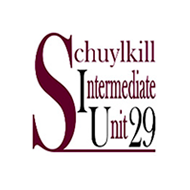Teacher's Guide to the Occupational Outlook Handbook
(View Complete Item Description)This site describes hundreds of jobs. For each job, it tells what workers do, working conditions, the training and education needed, earnings, and expected job prospects. Job search tips, information about the job market in each state, articles about specific occupations and industries, and additional career information are included.
Material Type: Reading




















